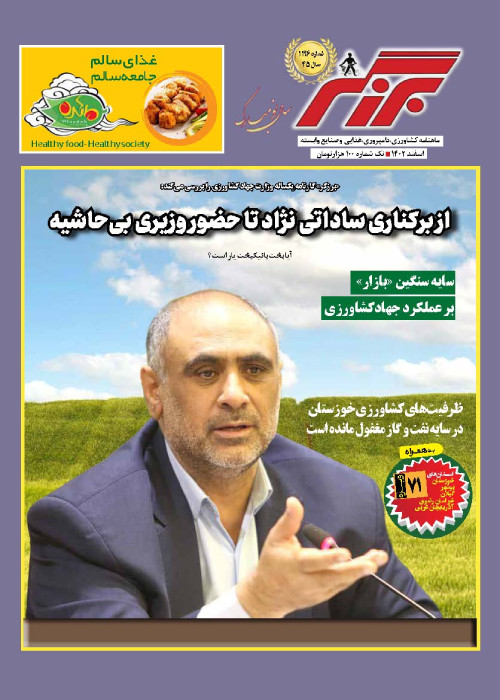رویدادها
چکیده:
Introduction: Hyperthyroidism is a relatively common disorder caused by different etiologies. Graves’ disease, and toxic-nodular goiter (Plummer’s disease) are among the most common causes. Treatment with radioiodine is considered to be the treatment of choice in many of the patients. Higher biological half-life of 131I in hyperthyroid patients as compared with patients with differentiated thyroid carcinoma who have undergone thyroidectomy, may lead to a higher frequency of complications with radioiodine at similar dosage. Therefore gonadal dysfunction in hyperthyroid patients treated with radioactive iodine is not unlikely. Material and Methods: Hyperthyroid patients with the clinical diagnosis of Graves’ disease, toxic multinodular goiter and toxic adenoma were entered the study. Their age distribution was 16-40 years in women and 17-60 years in men (Reproductive years). Patients were euthyroid at the time of radioiodine treatment. FSH, LH, testosterone and semen analysis in men; and FSH, LH, estrogen and progesterone in women were measured before and 3 months after radioiodine therapy. All patients with previous history of radioiodine treatment, those with known sexual hormone abnormalities, women with a history of tube ligation and men with a history of vasectomy, as well as those women who were receiving OCP contraception were excluded from the study. Results: From 104 enrolled patients, 40 (38.5%) were men and 64 (61.5%) were women. The cause of hyperthyroidism was Graves’ disease in 66 cases (63.5%), toxic multinodular goiter in 28 cases (26.9%) and toxic adenoma in 10 others (9.6%). Hormonal status was normal in all patients before therapy while this became abnormal in 20 (19.2%) of patients after treatment. Semen analysis became abnormal in 8/20 (40%) of the patients after treatment. Conclusion: Among different variables which were analyzed during study, meaningful correlation was found in the following situations: FSH values in men and women were found to be increased after radioiodine treatment (P<0.0001), sperm count decreased from 124000000 to 62000000 (P<0.0001), the difference in semen analysis changes was also meaningful in men among two different age groups (=<35, >35) (P=0.003) and changes in hormonal status in women in two different age groups (=<30, >30) were found to be statistically significant (P=0.015).
زبان:
فارسی
انتشار در:
در صفحه:
6
لینک کوتاه:
magiran.com/p482395
دانلود و مطالعه متن این مقاله با یکی از روشهای زیر امکان پذیر است:
اشتراک شخصی
با عضویت و پرداخت آنلاین حق اشتراک یکساله به مبلغ 1,390,000ريال میتوانید 70 عنوان مطلب دانلود کنید!
اشتراک سازمانی
به کتابخانه دانشگاه یا محل کار خود پیشنهاد کنید تا اشتراک سازمانی این پایگاه را برای دسترسی نامحدود همه کاربران به متن مطالب تهیه نمایند!
توجه!
- حق عضویت دریافتی صرف حمایت از نشریات عضو و نگهداری، تکمیل و توسعه مگیران میشود.
- پرداخت حق اشتراک و دانلود مقالات اجازه بازنشر آن در سایر رسانههای چاپی و دیجیتال را به کاربر نمیدهد.
In order to view content subscription is required
Personal subscription
Subscribe magiran.com for 70 € euros via PayPal and download 70 articles during a year.
Organization subscription
Please contact us to subscribe your university or library for unlimited access!


